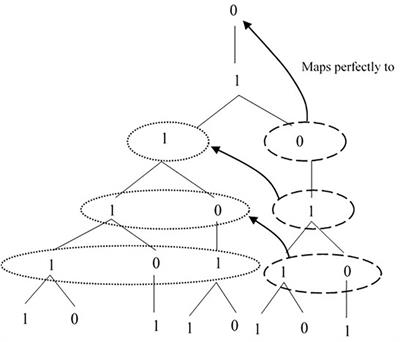ORIGINAL RESEARCH
Published on 05 Jun 2020
Visual Dysfunction in Chinese Children With Developmental Dyslexia: Magnocellular-Dorsal Pathway Deficit or Noise Exclusion Deficit?
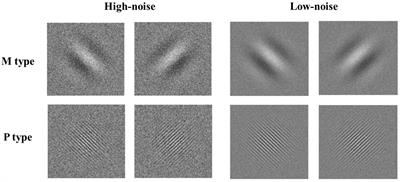
doi 10.3389/fpsyg.2020.00958
- 2,859 views
- 7 citations
15k
Total downloads
97k
Total views and downloads
Select the journal/section where you want your idea to be submitted:
ORIGINAL RESEARCH
Published on 05 Jun 2020

ORIGINAL RESEARCH
Published on 16 Apr 2020
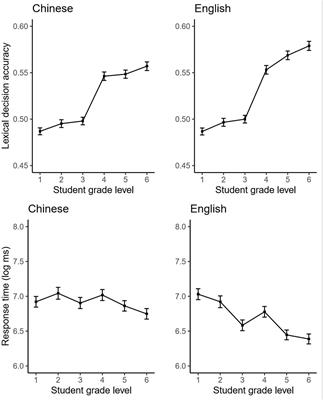
ORIGINAL RESEARCH
Published on 14 Feb 2020
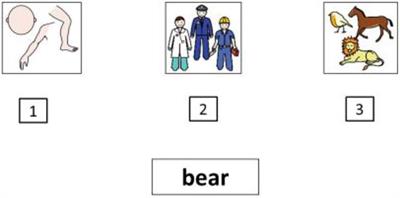
ORIGINAL RESEARCH
Published on 05 Feb 2020
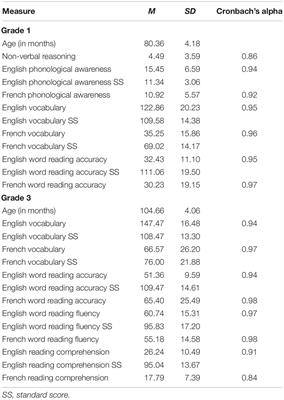
MINI REVIEW
Published on 05 Feb 2020
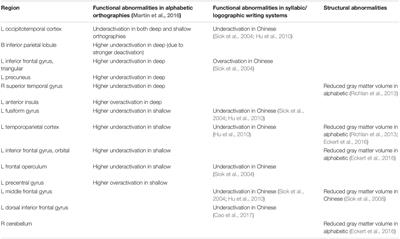
ORIGINAL RESEARCH
Published on 14 Jan 2020

ORIGINAL RESEARCH
Published on 08 Jan 2020
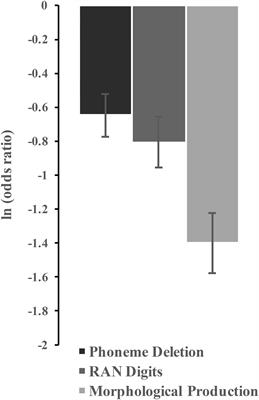
ORIGINAL RESEARCH
Published on 15 Nov 2019

ORIGINAL RESEARCH
Published on 05 Nov 2019
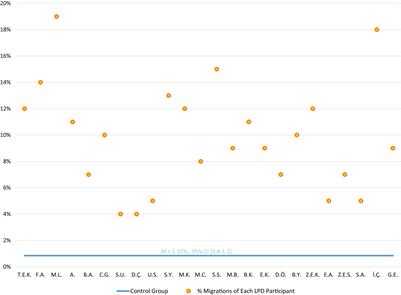
ORIGINAL RESEARCH
Published on 26 Jul 2019
